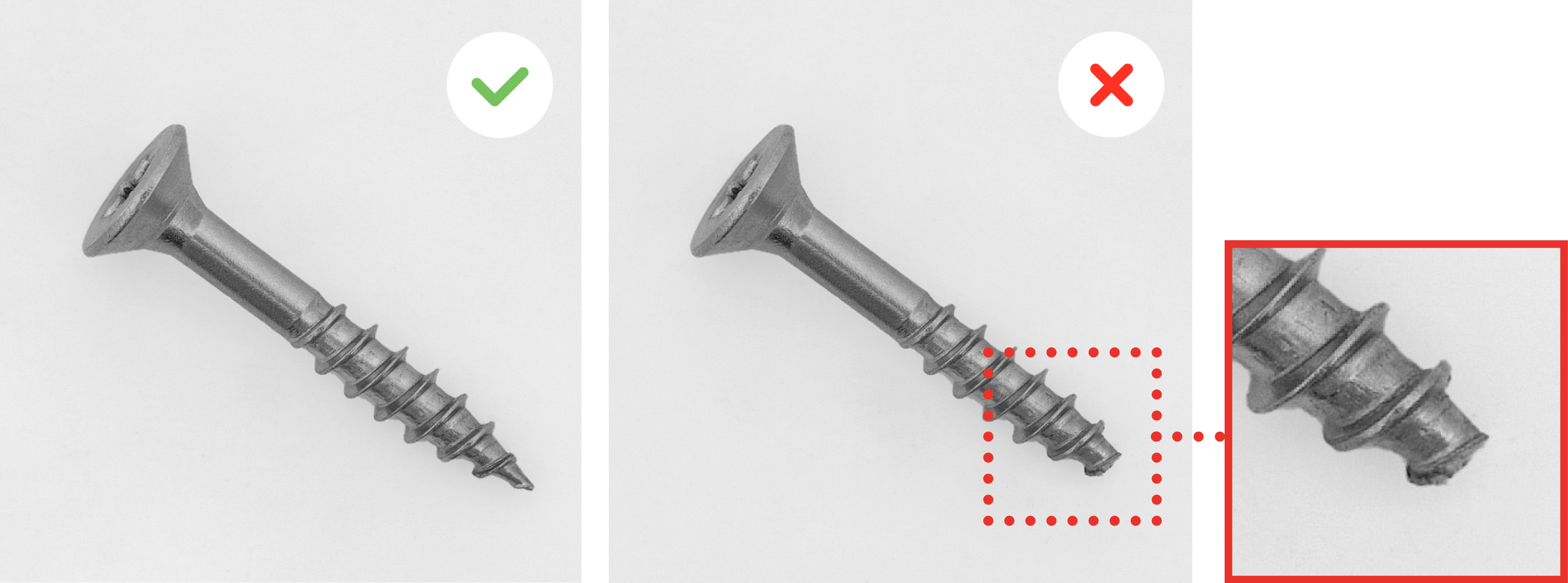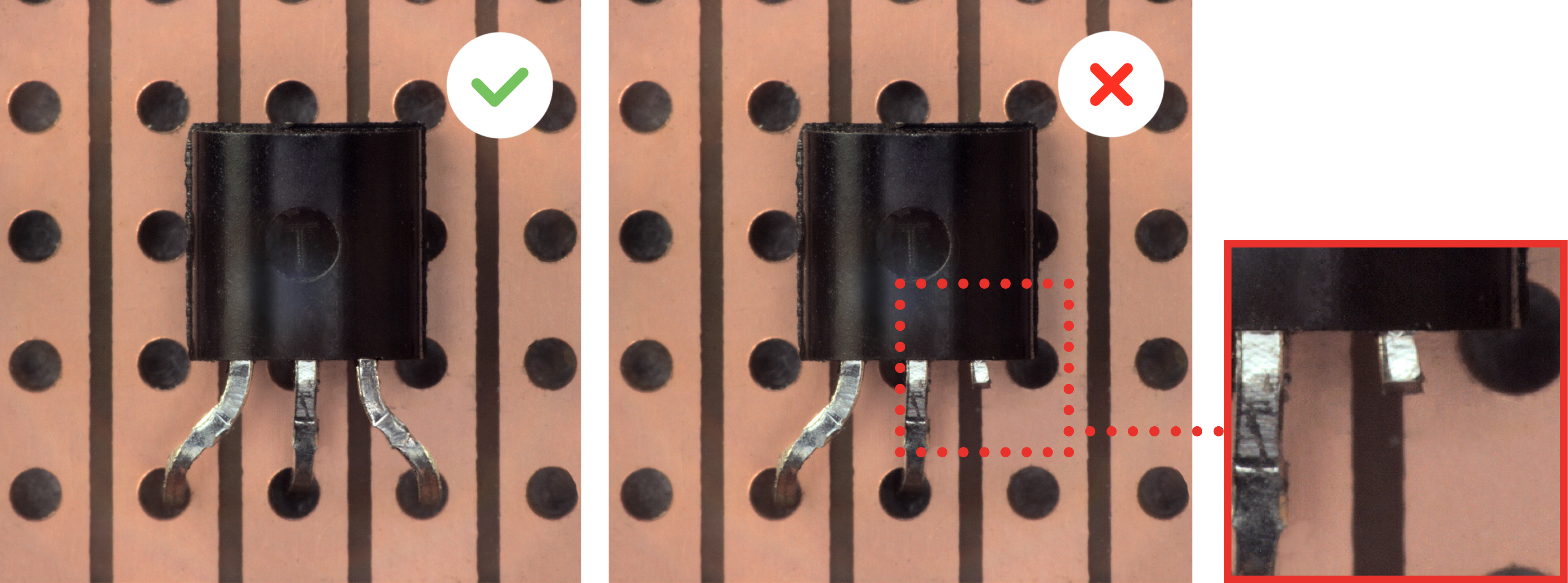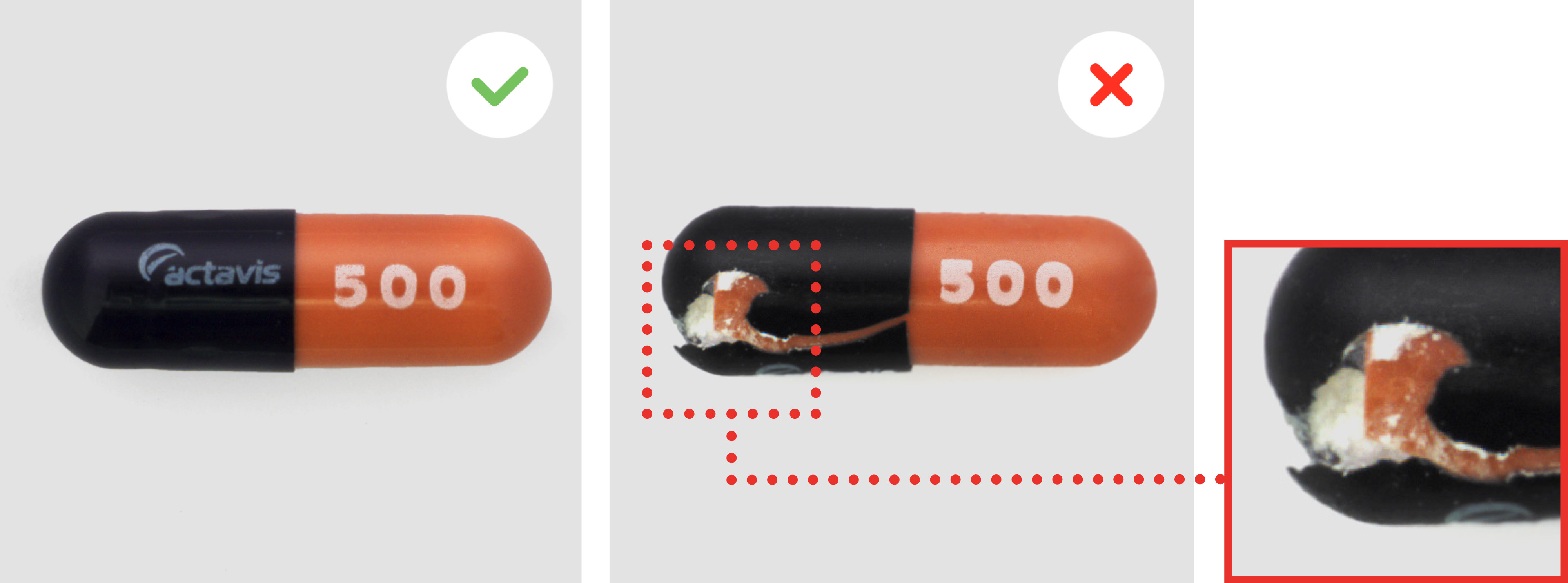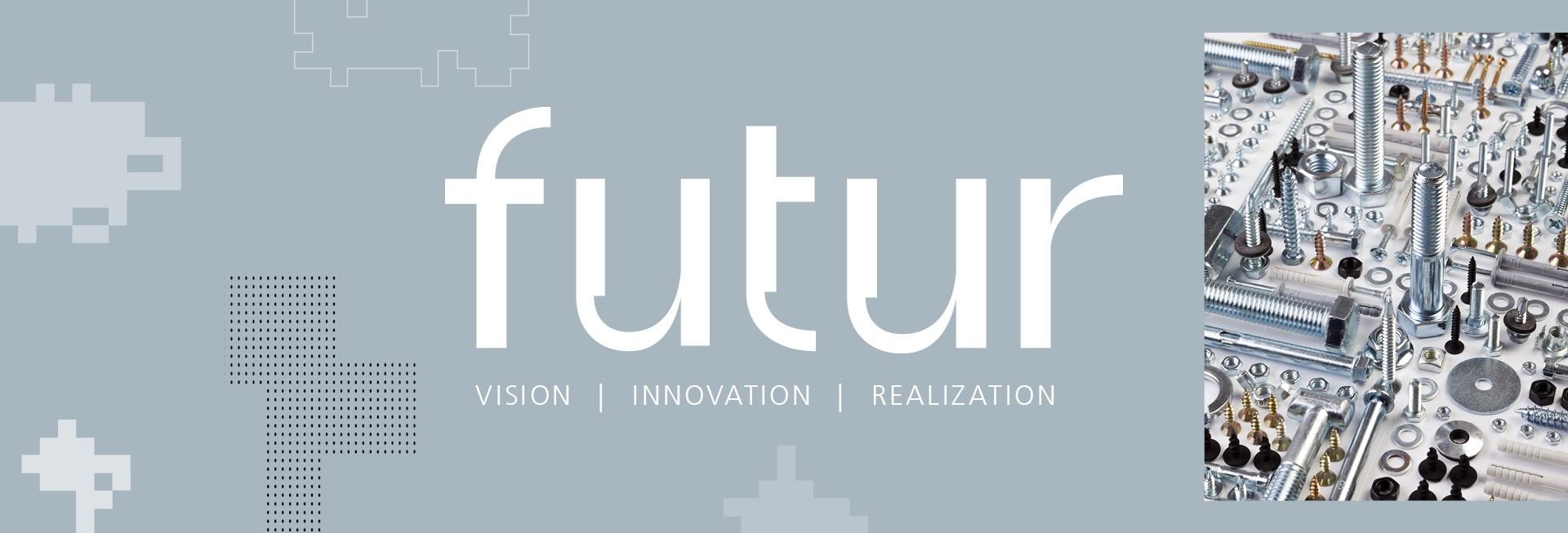Smaller Effort, Big Effect

From A for aluminum components to Z for zinc plating – by the end of the production line, industrial goods must meet certain predefined surface quality requirements. Inspection workflows must deliver compelling test results quickly and reliably, particularly when large quantities are produced and the requirements for surface quality are extremely strict. Choosing the right inspection methodology can therefore be a decision of enormous economic relevance.
To date, small and medium-sized companies in particular have carried out quality assurance by means of sample checks. In this process, a component is picked at random from a production batch. An employee then checks whether or not the component’s surface exhibits any defects, either by hand or using expensive and slow high-precision scanners. Depending on the batch size, this means that only a fraction of the manufactured components are inspected. 100 percent inspection of the parts does not take place. Another disadvantage is that manual inspection can be highly inaccurate, depending on the qualifications and capabilities of the employees.
Modern AI-assisted image processing methods, on the other hand, have the potential to recognize objects and possible defects with greater accuracy than humans. Such AI systems typically use supervised learning methods. This assumes that all potential defects that can occur in a component are known in advance – and have been captured in an image. Depending on the applica-tion, hundreds to thousands of images are needed to train the AI appropriately. To do so, each individual defect must be marked by hand – precise down to the last pixel – on each image (AI experts call this process annotation). For industrial applications in particular, collecting and labeling such large quantities of data results in high costs, and the manpower required is staggering. For SMEs in particular, this is a hurdle to unlocking and exploiting the benefits and potential of AI methods.



The goal of the project »VIADUCT – Effort Reduction for AI Applications in Industry by Reducing Training Data« is therefore to develop AI methods that require very little training data for visual inspection. Working with their Armenian technology partner Ngene LLC, researchers at Fraunhofer IPK are first undergoing a paradigm shift and reformulating the inspection task: Instead of looking for familiar defects, they are searching for any deviations (anomalies) from a predefined quality standard. The AI now no longer functions according to the principles of supervised learning, but instead uses unsupervised learning.
Conversely, this means that exclusively defect-free components are used to define the quality standard and train the AI processes. They are generally available in significantly larger quantities than defective parts, and are more quickly available. Although these flawless parts will still need to be captured in images, the highly time-consuming pixel-by-pixel annotation of defects is no longer necessary. The Fraunhofer team has already been able to demonstrate that this can save up to 97 percent of the effort required for data collection.
Visual quality control is then performed using what is called anomaly detection, which identifies all devia-tions from the target quality. Artificial intelligence thereby assists inspection staff and supports them not only with detecting defects, but also with evaluating the images of defects. For example, visually similar images of defects are automatically collated for staff to classify them into meaningful defect categories (e.g. critical / non-critical defects). The technology for image-based anomaly detection offers great potential for application in the automated visual inspection of industrial goods. Jan Lehr, project manager at Fraunhofer IPK, is certain of this: »Not only can we keep the effort for data collection as low as possible, but also the effort for implementing AI-based visual inspection procedures. This makes such methods especially interesting for small and medium-sized companies.« He and his team are already looking for application partners who wish to test the possibilities of AI-based image processing in their inspection processes without having to dedicate a great deal of effort to integration.
 Fraunhofer Institute for Production Systems and Design Technology
Fraunhofer Institute for Production Systems and Design Technology